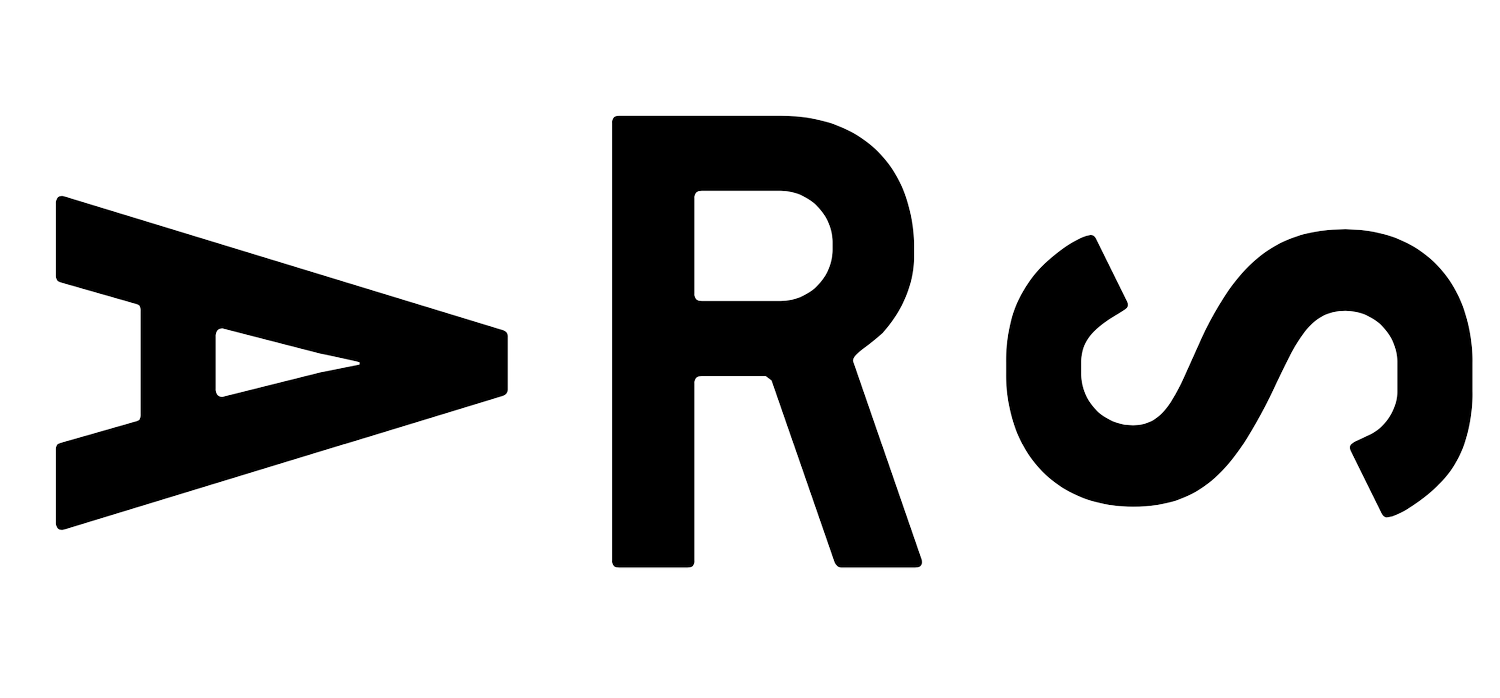How It All Started
The Rock That Changed Everything
I was eight years old when I found my first "special" rock. Nothing fancy, just a generic rock from our garden, but holding it felt different somehow. Important. I started collecting more, then got obsessed with minerals, and eventually became fascinated by meteorites.
The first time I held a real meteorite, I felt something I still can't fully explain. This wasn't just an object, it was a piece of space that had traveled millions of miles, survived incredible forces, and somehow ended up in my hands. It felt alive with meaning, heavy with story and significance.
The Beautiful, Empty Store
Fast forward to 2014. I'm wandering through a design store in Tokyo, the kind of place design magazines write about. Perfect lighting, exquisite craftsmanship, objects so beautiful they belonged in museums. Everything was flawless.
And I felt absolutely nothing.
Standing there, surrounded by hundreds of expertly designed, expensive objects, I realised something profound: meaning isn't about perfect design.
My meteorite, essentially a rock, felt important, deep, almost mystical. These beautiful, thoughtfully crafted objects left me cold. What was the difference?
The Question
That moment in Tokyo crystallised something I'd been sensing for years but couldn't articulate:
meaning doesn't live in objects. It lives in our connection to them.
But if that's true, then why do some things feel deeply meaningful while others feel empty? And more importantly, can we intentionally cultivate that sense of meaning and connection?
This question would consume the next eight years of my life.
The Long Search
I dove deep. Wrote my thesis on how religions create meaning. Built machines to generate personalised meaningful objects. Designed immersive experiences meant to foster connection. Each experiment taught me something, but also revealed how much more complex this was than I'd imagined.
I was still thinking about the problem wrong.
The Real Breakthrough
The insight that changed everything came from the simplest possible approach: I just asked people.
Seventy-three people completed a survey about meaning and priorities. The results surprised me: 91% already knew what mattered to them. The problem wasn't that people lacked meaning, it was that they struggled to stay connected to the meaning they'd already found.
We know our priorities. We just can't seem to stay connected to them in daily life.
From Objects to Connection
That realisation shifted everything. Instead of trying to design meaningful objects or experiences, I started exploring how to help people reconnect with what they already find meaningful.
This led to Workshop Workshop—a simple, experimental format for exploring what matters to you and finding ways to stay connected to it.
The Question Continues
What started with a meteorite and an empty store has evolved into something much more practical: How do we stay connected to what we've already discovered matters most?
That's what I'm exploring now, one workshop session at a time.
Want to explore this question together? Join the next session
Curious about the full research journey? Read the complete story











